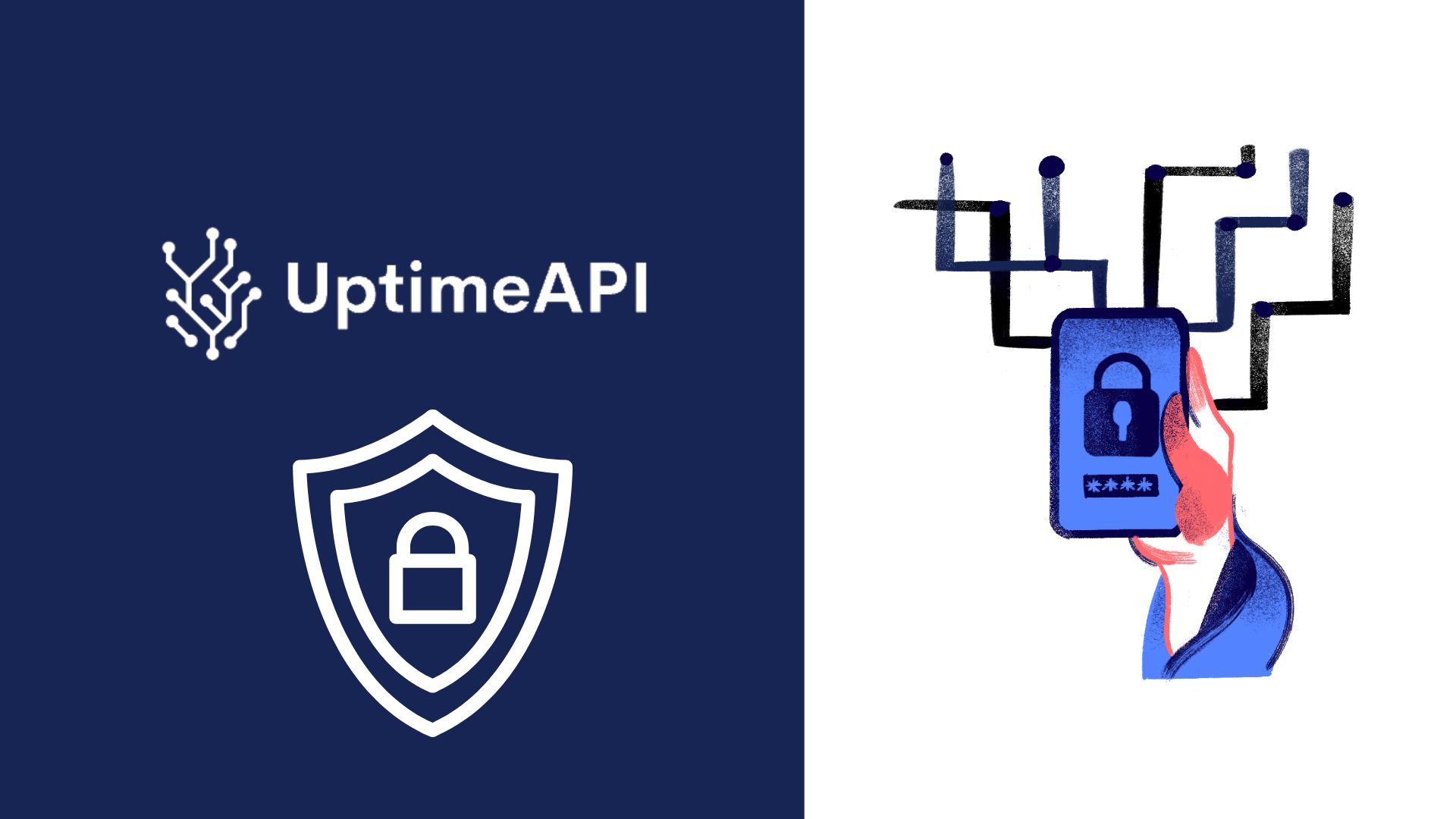Why Real Time API Monitoring Is Crucial For Developers

APIs, or application programming interfaces, are essential for enabling smooth communication between various software components and services in the ever-changing world of software development today. Since developers primarily rely on APIs to expand the functionality of their applications and include third-party services into their software ecosystems, the significance of real-time API monitoring cannot be emphasized.
Understanding The Importance of Real-Time API Monitoring
Modern apps are built around APIs, which allow developers to use pre-made features and data sources without having to start from scratch. APIs significantly increase the functionality of applications by freeing developers from the burden of creating every feature from the ground up and allowing them to concentrate more on the essential business logic. Furthermore, as reliance on third-party APIs has increased, complex software ecosystems have resulted, and the effectiveness and dependability of these external services directly affect the efficiency of the entire application.
Conventional API monitoring techniques frequently entail recurring inspections that might not fully catch errors that arise in real time. Periodic monitoring has limitations, such as gaps in identifying API outages or performance declines in between checks. This method carries some risk since developers may overlook important details that impact the dependability and user experience of the application.
Benefits For Developers
Developers can quickly identify and address problems with real-time API monitoring, which provides them with instant insights into the functionality and health of the API. Developers may minimize the impact on customers by identifying anomalies like response time delays or API outages in real-time with real-time API monitoring.
Real-time monitoring ensures developers are continuously informed of the most recent conditions by providing continuous updates on API health and performance, in contrast to batch processing, which collects and analyzes data at predetermined intervals. Preventing the escalation of API issues aids in the seamless running of applications and improves user happiness. Developers may proactively manage API performance by detecting bottlenecks and fine-tuning resources to increase scalability and stability by utilizing real-time data.
Real-time API monitoring must be implemented effectively, which requires choosing the right tools and smoothly incorporating them into development processes. To maintain high API performance and reliability, developers must choose the appropriate real-time monitoring solutions.
Uptime API
You can keep an eye on your APIs with Uptime API. It functions by routinely verifying that your APIs are operational and functioning as intended. It's simple to set up monitors. The target API endpoint URL and the ability to modify the watch's timeout and interval settings are required in order to set up monitors. Monitoring intervals reflect how frequently an API will do health checks, whereas timeouts indicate how long an API will wait for a response. With these settings, you may tailor monitoring to your requirements and tastes.
Right from your API dashboard, you can set up alerts and decide which contacts should receive notifications. You can then inform your team in this manner. You can select the package that best suits your monitoring requirements because of its numerous adjustable settings and monitor limits. Additionally, it offers historical data and analytics so you can monitor how API availability and performance have changed over time. Obtain access to your logs so you may investigate any API problems.
Examine historical performance trends and make decisions based on the facts. Alerts can be tailored to your needs in order to minimize interruptions. monitoring of APIs in real time with instantaneous data. Depending on whatever alert delivery option best meets your needs, choose between webhooks, SMS, or email alerts.
